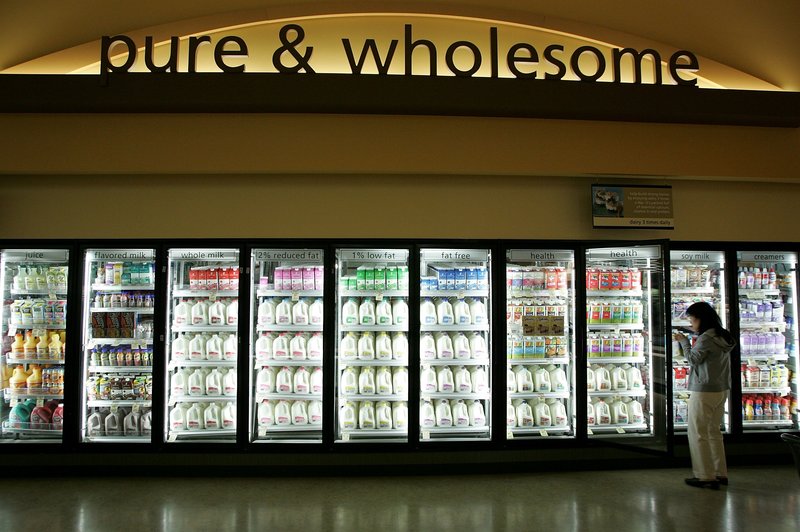Recent market reports suggest that American consumers are beginning to understand that organic milk is healthier for them and the environment.
But first, a little background… In 2013 we worked on a paper that reported significantly higher concentrations of beneficial omega-3 fatty acids in organic vs. conventional milk. A follow up study in 2018 revealed that organic grassmilk had even more beneficial fatty acids- more than 125% the omega-3s found in conventional milk.
This all matters for our health because these heart-healthy fats, including the polyunsaturated omega-3s and conjugated linoleic acid, or CLA, help combat inflammation, promote cardiac health, and are essential for healthy pregnancies and child development. The modern American diet, which is high in saturated fats and processed foods, tends to skew towards a higher proportion of omega-6 fatty acids, which contributes to the development of heart disease and other health problems.

Flash forward to a year later in the fall of 2019, and we get the first look of how consumers might be reacting to this news.
In February 2020, the USDA released sales numbers for organic dairy products for 2018-2019. Their data showed an increase of almost 8% for sales of whole organic milk, which has the highest proportion of heart-healthy omega-3s and CLAs. Reduced fat milk varieties saw a drop in sales of over 13% since 2018, additional evidence that consumers are re-evaluating the milk they drink.
While they don’t separately track organic grassmilk sales, dairy companies continue to widen their offering of grassmilk products, and they are selling – based on our experience in local grocery stores, anyways.
While nothing short of a full market analysis will tell us exactly WHY consumers are buying more organic whole milk, we hope that at least in part, it is because our science is getting through to people!
See our full coverage of organic milk here,and view a narrated video summarizing the results of the 2018 paper below.
Fatty Acid Content of Grassmilk — Summary Version from Rachel Benbrook on Vimeo.

